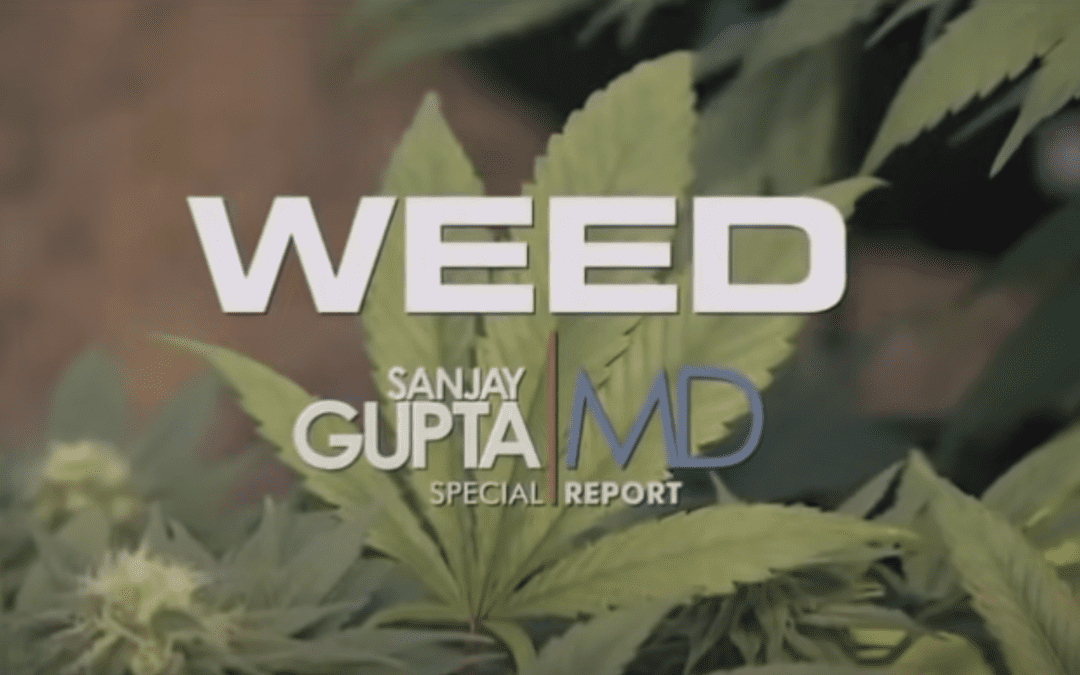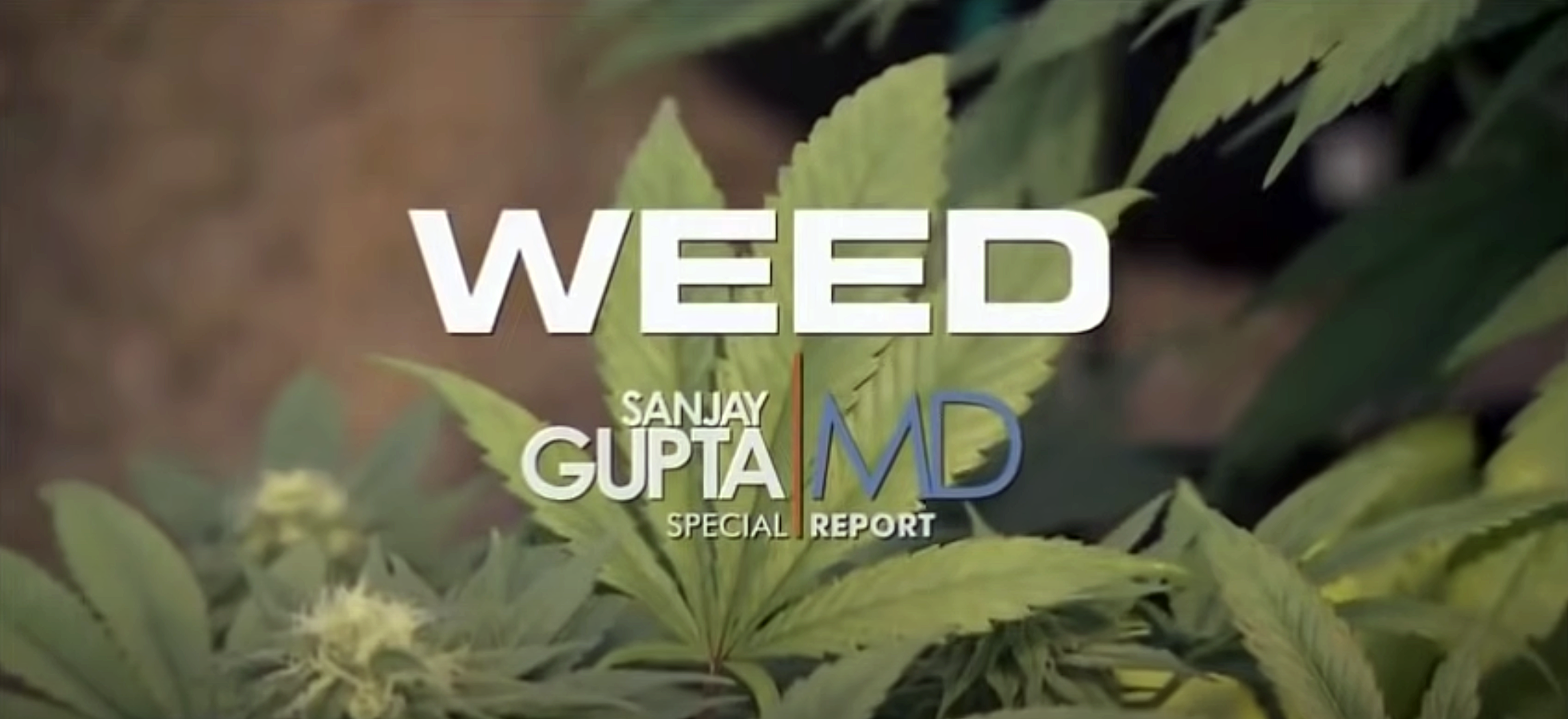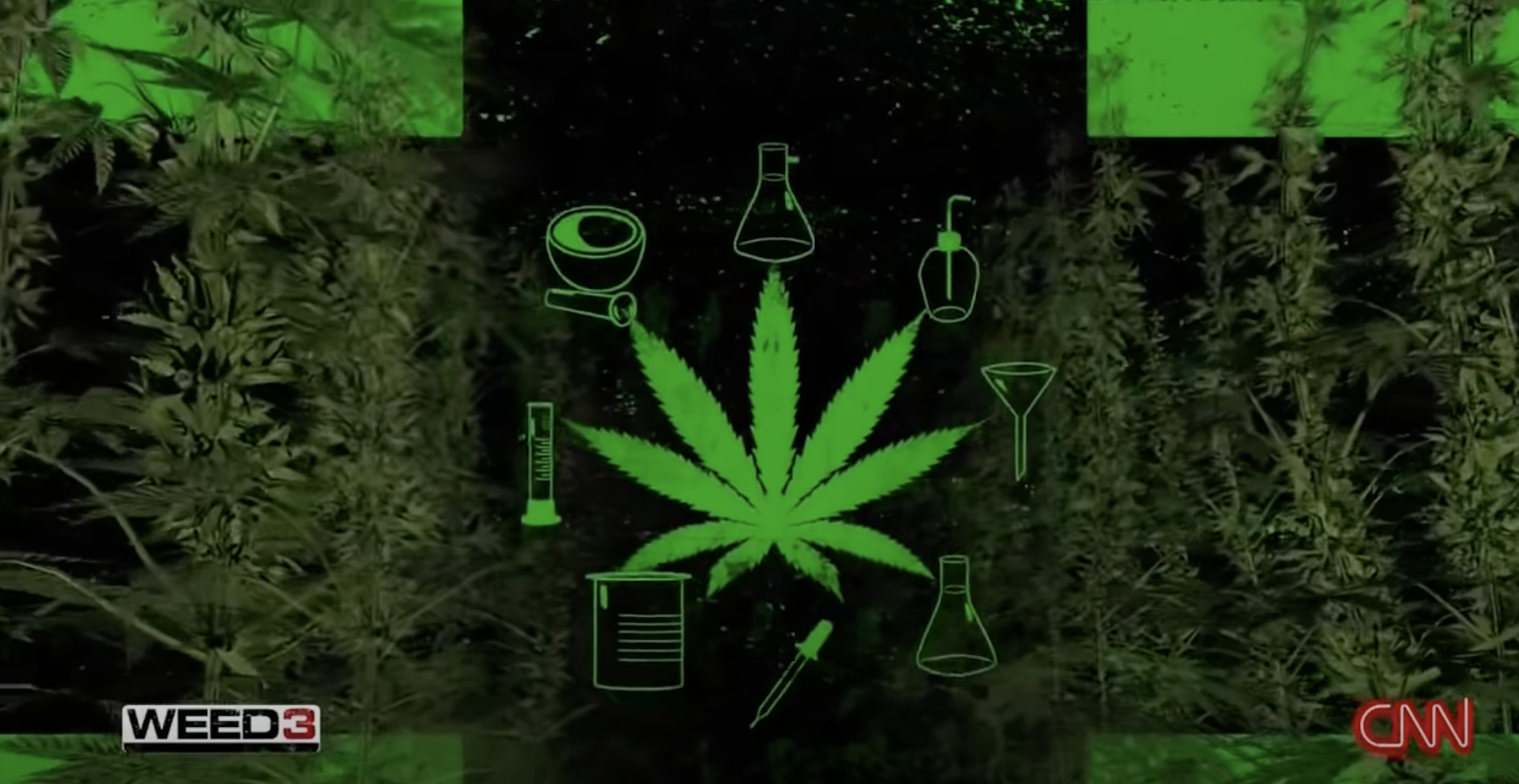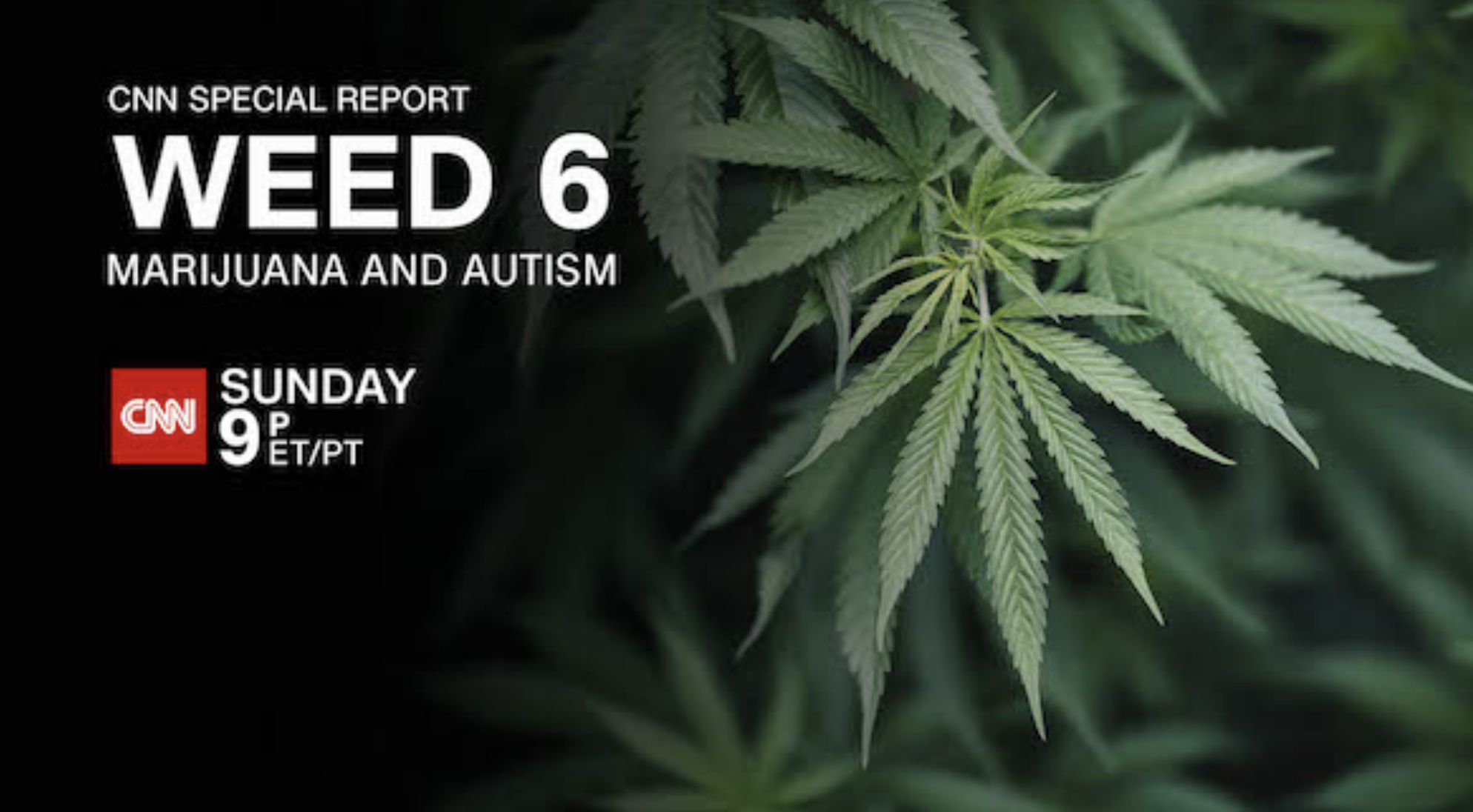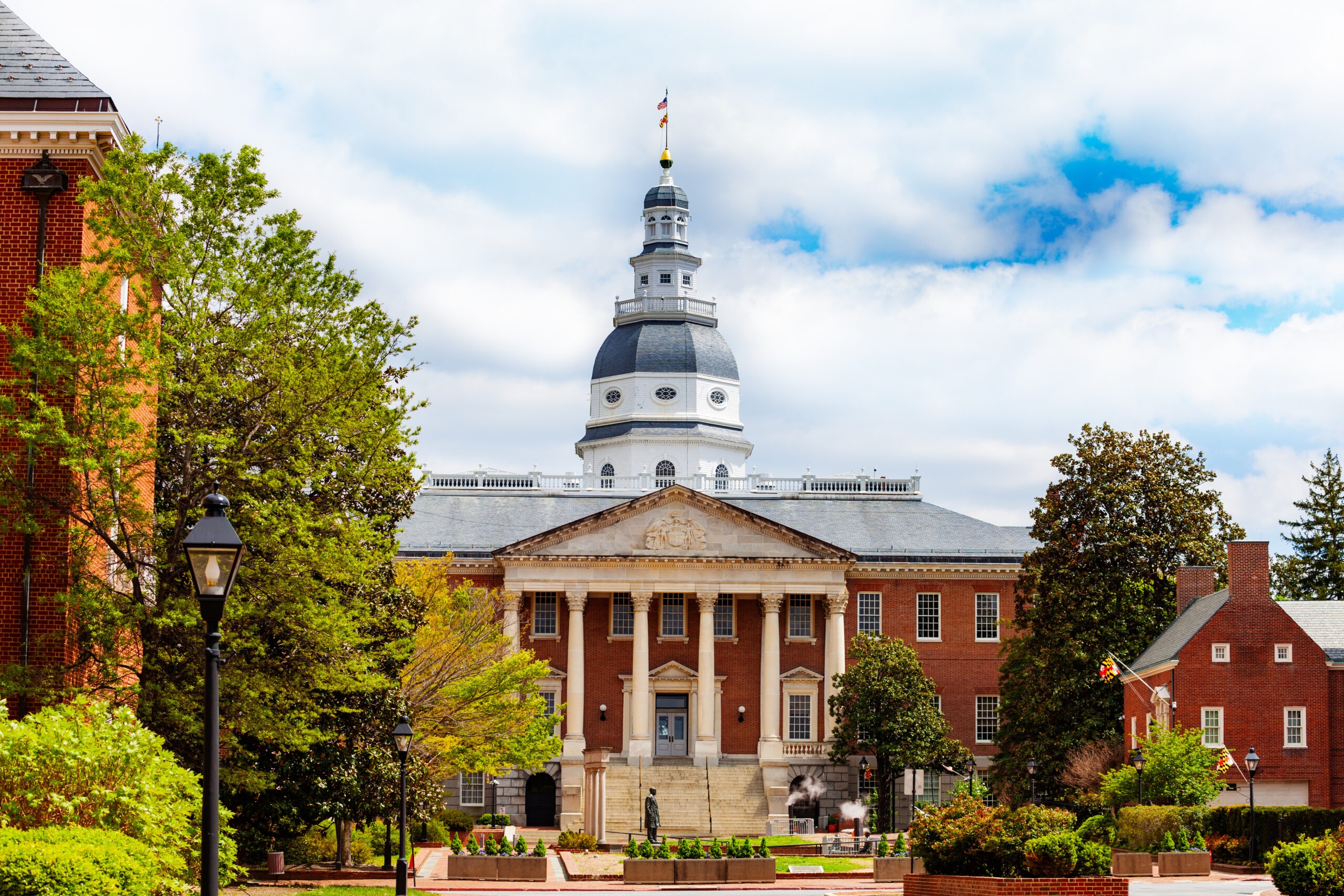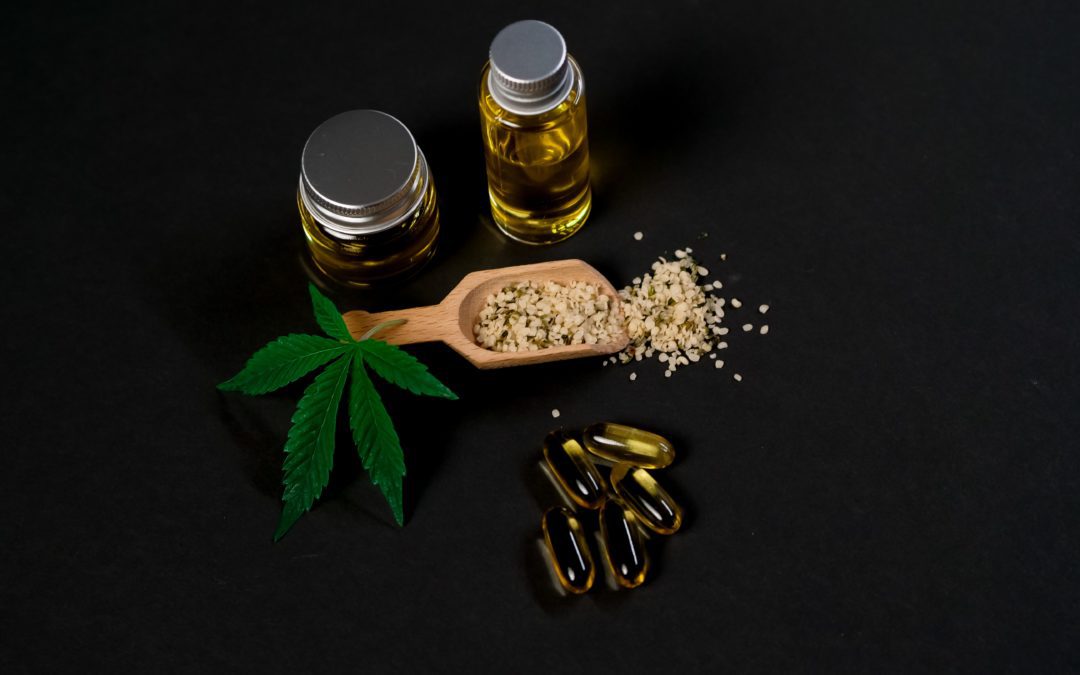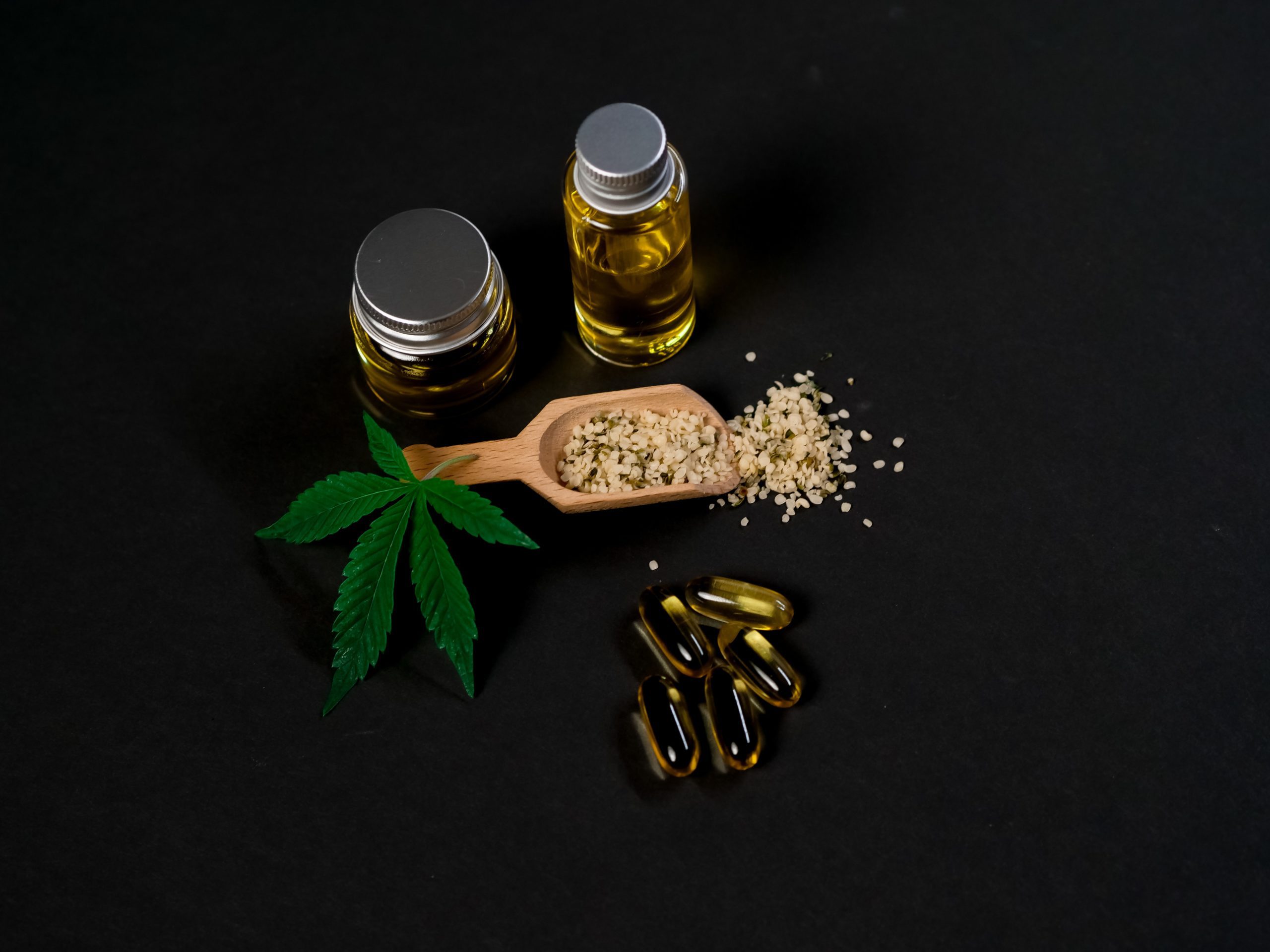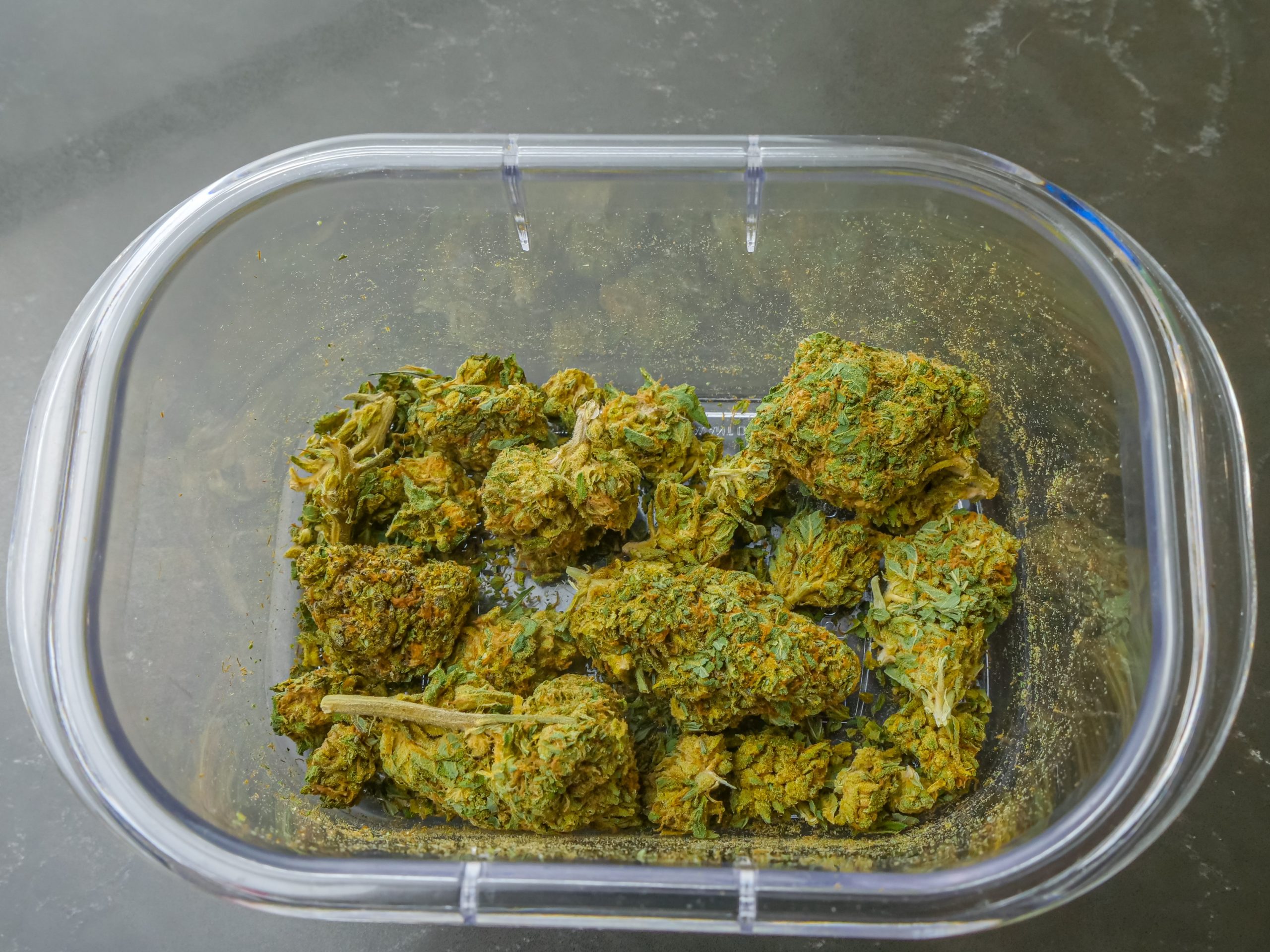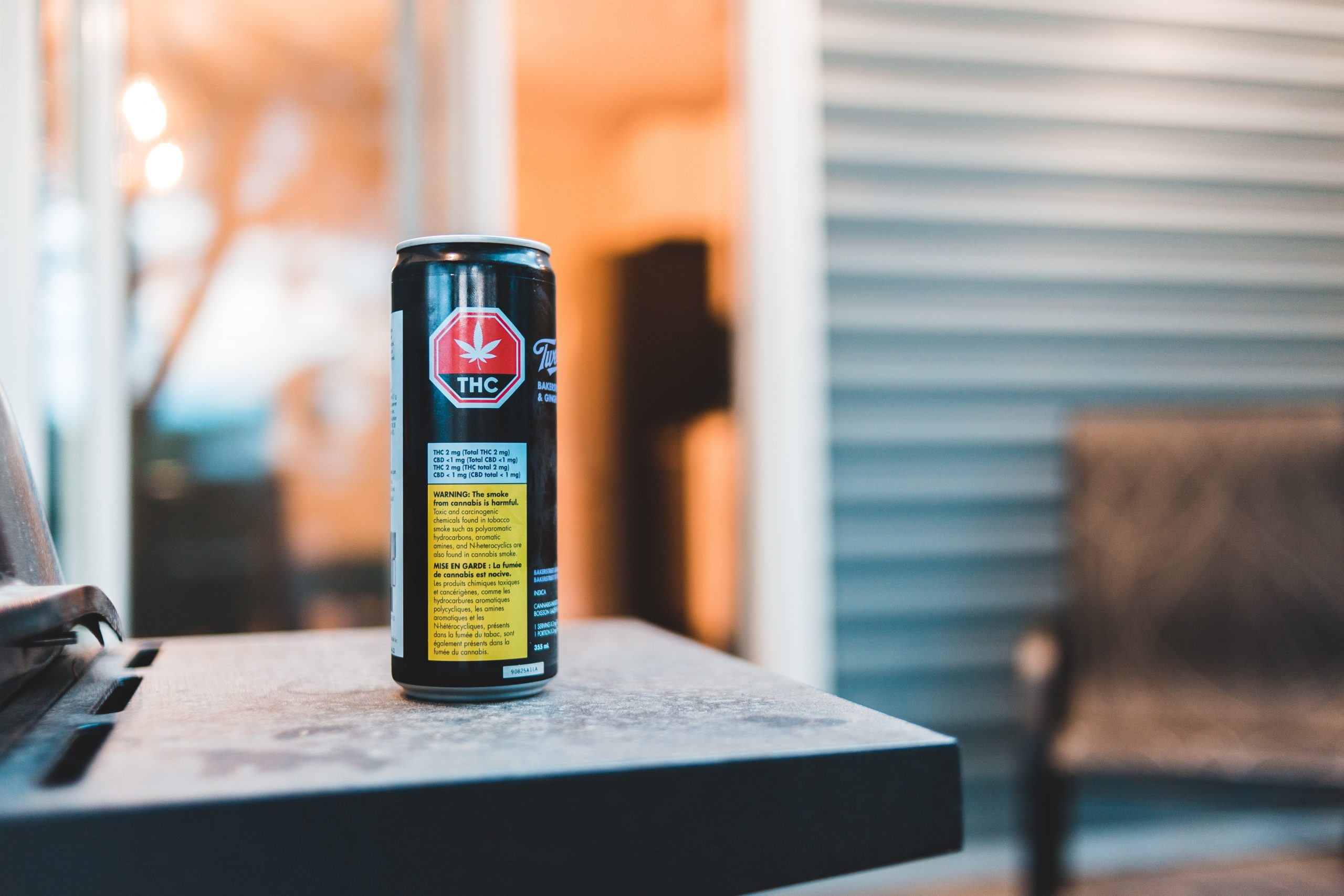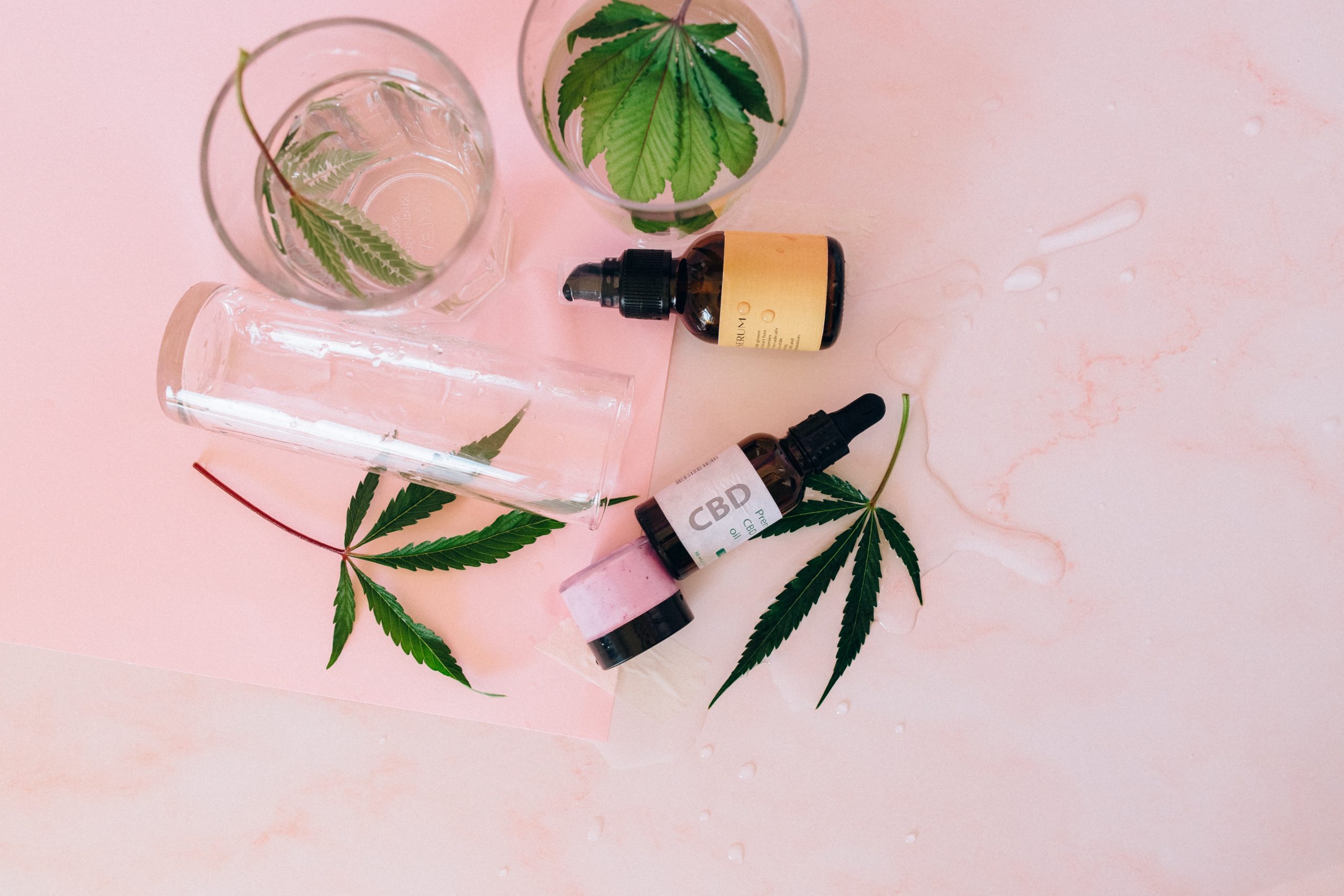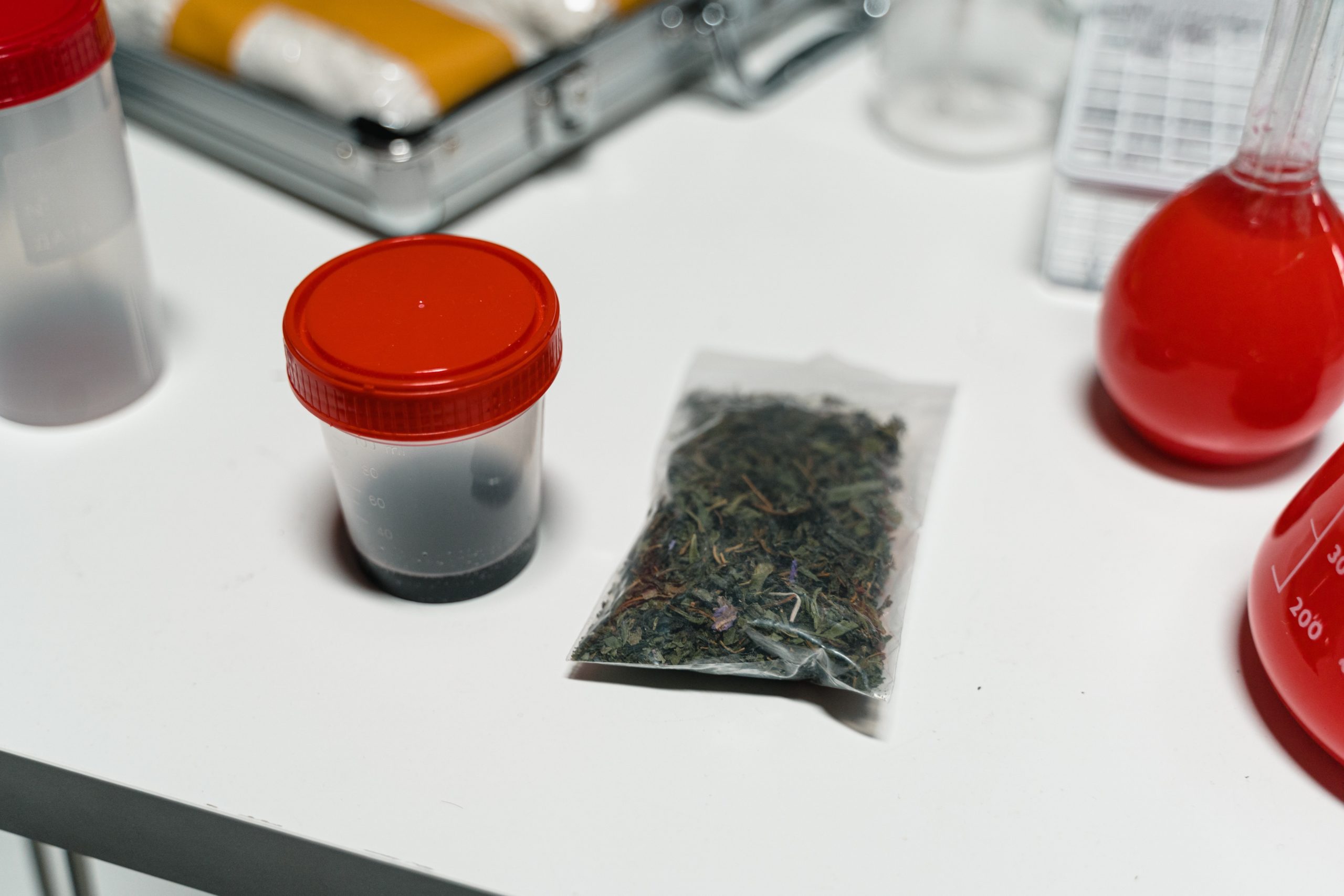
How California’s Delivery Services Are Redefining the Retail Industry

The retail industry has undergone a significant transformation over the past few years, and one of the biggest drivers of this change has been the rise of e-commerce and delivery services. As consumers increasingly turn to online shopping, companies are finding new ways to deliver goods to customers quickly and efficiently. California has been at the forefront of this trend, with delivery services like Yes Cannabis Delivery redefining the retail industry.
Yes Cannabis Delivery is a California-based delivery service that has been making waves in the industry. The company was founded in 2016 and has since grown rapidly, offering delivery services to retailers across the state. Yes Cannabis Delivery’s success is due in large part to its innovative approach to delivery, which combines cutting-edge technology with a commitment to customer service.
One of the key features of Yes Cannabis Delivery’s service is its use of real-time tracking technology. This allows customers to see exactly where their packages are at all times, from the moment they leave the warehouse to the moment they arrive at their doorstep. This level of transparency is something that many consumers have come to expect from online retailers, and it has helped Yes Cannabis Delivery build a loyal customer base.
Another factor that sets Yes Cannabis Delivery apart is its focus on speed and efficiency. The company has developed a proprietary algorithm that allows it to optimize delivery routes and minimize the time it takes to get packages to their destination. This not only improves the customer experience but also helps retailers save money on shipping costs.
But perhaps the most significant impact that Yes Cannabis Delivery is having on the retail industry is in the area of same-day delivery. In the past, same-day delivery was a luxury that only a few retailers could afford to offer. But with the rise of companies like Yes Cannabis Delivery, same-day delivery has become much more accessible to retailers of all sizes.
Same-day delivery is a game-changer for retailers because it allows them to compete with the instant gratification that brick-and-mortar stores have traditionally offered. Customers who want a product immediately no longer have to go to a physical store to get it. Instead, they can order online and receive it the same day, often within just a few hours.
This shift is particularly significant for retailers in California, where the traffic and congestion can make it difficult to get products to customers quickly. Yes Cannabis Delivery’s same-day delivery service allows retailers to bypass these challenges and deliver products to customers faster than ever before.
The impact of Yes Cannabis Delivery’s services is not limited to retailers. The company is also creating job opportunities and boosting the economy in California. By partnering with local retailers, Yes Cannabis Delivery can provide employment opportunities to people in communities across the state. This helps to stimulate the local economy and support small businesses.
Yes Cannabis Delivery is redefining the retail industry in California in several ways. By offering cutting-edge technology, fast and efficient delivery, and same-day service, the company is helping retailers stay competitive in an increasingly crowded marketplace. And by creating jobs and supporting local businesses, Yes Cannabis Delivery is making a positive impact on communities across the state.
California’s delivery services are changing the retail industry, and YesDelivery is leading the way. With its innovative approach to delivery and commitment to customer service, the company is helping retailers compete in an ever-changing marketplace. And by providing employment opportunities and supporting local businesses, Yes Cannabis Delivery is making a positive impact on communities across the state. As the retail industry continues to evolve, it is clear that delivery services like Yes Cannabis Delivery will play a critical role in shaping its future.
EXPLORE MORE NEWS
Newsletter





